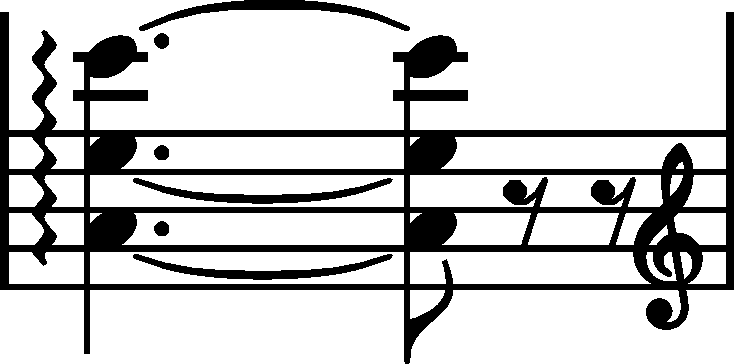



|
b. 57
|
composition: Op. 10 No 7, Etude in C major
..
In GE2 (→GE3→GE4) the characteristic for Chopin rhythmic notation of the L.H. was replaced with a notation that is compliant with the rules, yet more complicated in terms of graphic: category imprint: Differences between sources issues: GE revisions |
|||||
|
b. 57-58
|
composition: Op. 10 No 7, Etude in C major
..
The slur combining the demisemiquaver at the end of bar 57 with the crotchet which opens bar 58 was probably overlooked in FE (→GE,EE). category imprint: Differences between sources issues: Errors in FE |
|||||
|
b. 58-59
|
composition: Op. 10 No 7, Etude in C major
..
It is unclear how the change in placing the category imprint: Differences between sources issues: Inaccuracies in FE |
|||||
|
b. 58
|
composition: Op. 10 No 7, Etude in C major category imprint: Differences between sources issues: Errors in EE |
|||||
|
b. 59
|
composition: Op. 10 No 7, Etude in C major
..
In GE and EE a category imprint: Differences between sources issues: EE revisions , GE revisions , No pedal release mark |

 .
.


 in
in 
 minor, No. 4 and G
minor, No. 4 and G major, No. 5, Waltzes in E
major, No. 5, Waltzes in E

 sign in
sign in